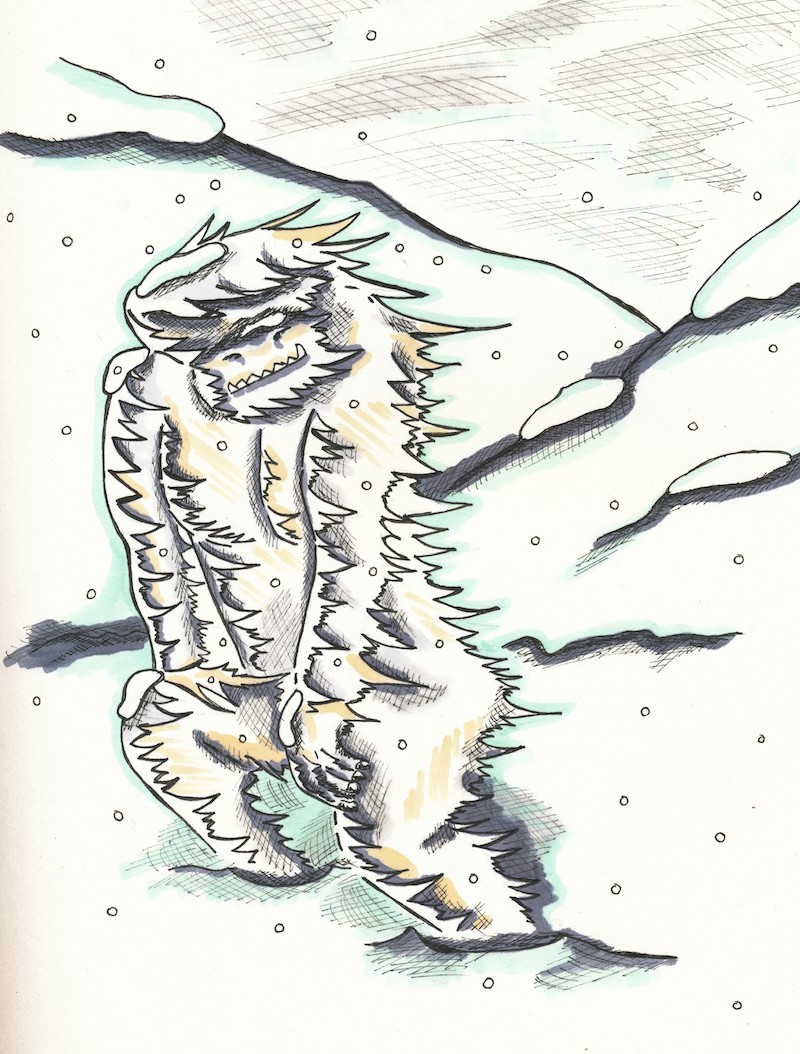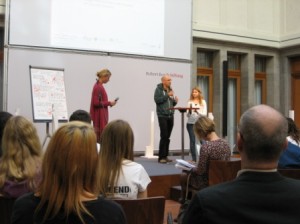Climate champ – giving a voice to remote communities

Saurav Dhakal from Nepal
Do you feel responsible for our future? Are you tired of waiting for a breakthrough at climate conferences? If you are already taking action yourself, you are our ClimateChamp and we want to get to know you! Answer our questionaire to become a part of our new blog series, take your chance to be nominated as a Climate Champ.
What is your name? How old are you? And where do you live?
My name is Saurav Dhakal. I’m 33 years old. I live in Kathmandu, the capital of Nepal. But I frequently travel around the mountain communities of the country.
How does climate change affect your everyday life in your community?
We live in the mountains and so climate change affects us very closely. Right now I live in the capital city without electricity. But Nepal does have a plentiful water supply. People in the mountains generally don’t have much access to basic needs such as food, electricity, drinking water, healthcare or education. So it becomes very hard to adapt especially in the face of growing climate change.
What trigger event led you to start fighting climate change?
As a journalist, I’ve worked on different stories related to environment and climate. Gradually I realized that the stories related to these issues did not get much attention in the media. Then I started a new approach to make those issues prominent. Basically, I make stories accessible to the mainstream via my websitewww.storycycle.com
How exactly do you fight climate change?
“Story Cycle” helps storytellers from different communities to develop, produce and disseminate their own stories. These films allow people to explore different topics, including how the changing climate is impacting them and their families, how they are coping, and what they need to do in order to adapt. We listen and capture multimedia stories from the community and disseminate them to the world via our website (www.storycycle.com), our partners in mainstream media agencies and public showings. We also use other conventional ways such as multimedia magazines, MMS, and DVD clips for distribution to communities without Internet access. A story cycle is complete when stories flow from the source to the masses and then return to their origin. Recently, I visited 22 districts in Upper Hills and in the mountains of Nepal. I collected thousands of photos, videos, stories and anecdotes about the vulnerability and struggles of Himalayan communities. I want to create an extensive multimedia database from all this. It is supposed to be a tool for the government of Nepal and the people of the world to showcase the plight of the Himalaya and Himalayan communities as a result of climate change. Such communication tools will also help Nepal in international climate negotiations.
What do you have to say to climate change deniers?
We have strong views and strong observations. When floods come, droughts strike or fires rage, we see climate change in it. At the same time we fail to see the link between international climate change negotiations and many of our local environmental developments. The issue of climate change divides us all. There are climate skeptics who deny that climate change is happening. There are climate alarmists who proclaim apocalypse at the slightest excuse. Climate change impacts the way we live and the choices we make as societies. Our countries have taken strong national positions at international climate change negotiations. They continue to debate over issues of equity, right to emit but differentiated responsibilities.
The South Asian region is a microcosm of the global discussions on climate change. Both India and China have grown in the past decades as emergent economies and along with their gross national products, their gross national greenhouse gas emissions have also grown. Both these countries have been arguing against binding emission reduction targets in international negotiations.
Nepal and Bhutan, sandwiched between India and China, feel the impact of changes on the glaciers caused by emissions from their neighbors and also from black snow that their own emissions cause. When glaciers melt, there is flood downstream in the Gangetic river system in India and Bangladesh and the Indus river system in Pakistan. The coasts in Bangladesh, Pakistan India and Sri Lanka are vulnerable to rising seas. Agriculture in all countries of South Asia is vulnerable to rising temperatures and increasing frequency of extreme weather events.
Let’s talk about a worst case scenario – what do you think your city will look like 10 years from now if no action is taken to fight climate change?
The impacts of global climate change on Nepal’s Himalayas are already widely visible. Erratic monsoons and rain patterns are leading to unpredictable and more intense flash floods and landslides. A higher intensity of forest fires and an increasing number of glacial lake formations in a seismically active zone are only a few of the manifestations. All this has negative impacts on Nepal’s globally significant biodiversity and the livelihoods of people living in remote and impoverished mountain areas. They are increasingly confronted with challenges such as crop shortfalls, food shortages, diseases and natural catastrophes, putting them in an even more vulnerable economic position.
Best case scenario – what do you think your city will look like 10 years from now if more and more action is taken to fight climate change?
One of the best ways to fight climate change is adaptation. We have our own skill and techniques that we call “Autonomous Adaptation Approach.” We can promote and replicate those skills all over the country. Another adaptation approach is promoting tourism all over the mountain community. Tourism is crucial for the development of the economy. And it’s the economy that will help the community adapt to climate change. That’s especially the case in vulnerable areas where global climate change has a strong impact on people’s living conditions and their economic situation. Sustainable tourism can leverage economic development and help impoverished mountain communities to increase their livelihoods, build resilience and develop capacity to better cope with the effects of climate change. Within 10 years we can build “Climate Smart Communities” all over the mountain communities in the country.
Can you tell us in a simple sentence what you’d like your government to do as far as climate change is concerned?
The government has to explore the information and service delivery system at a local level that affects people’s daily life as well as focus on adaptation strategies. The government also has to set up basic infrastructural and communication systems in rural areas.
How can interested people take part in your project?
They can join me on www.storycycle.com to tell stories, trek with me to different communities, support my project to establish power and connectivity in rural areas.






